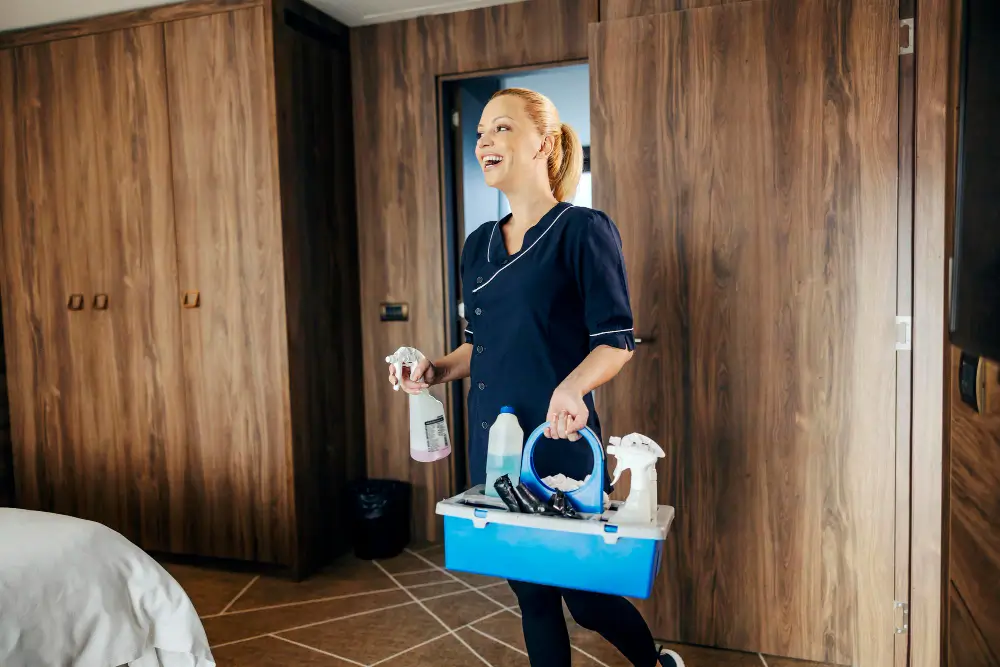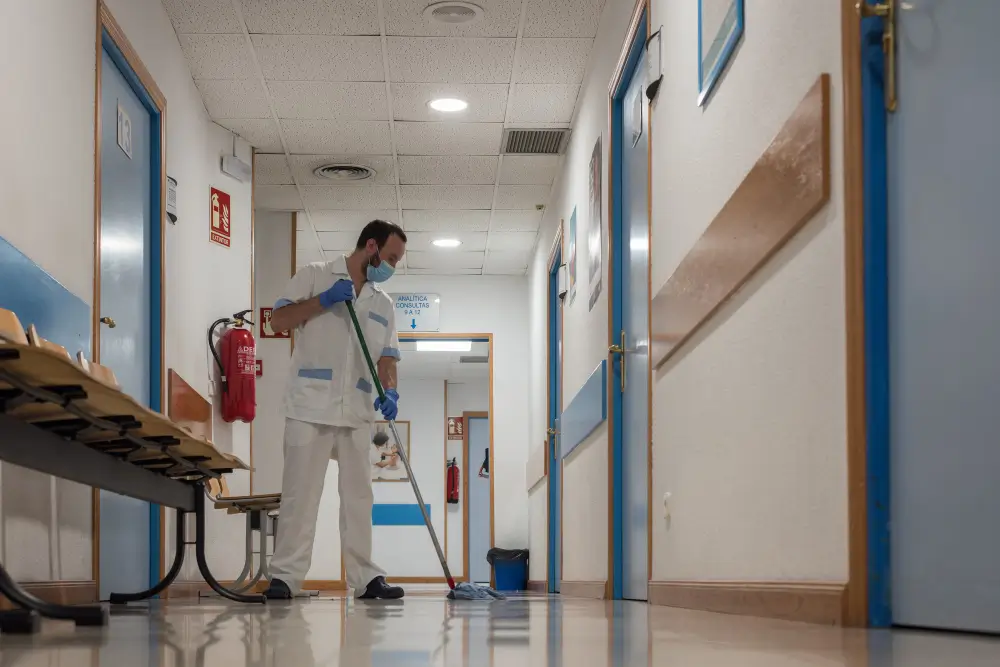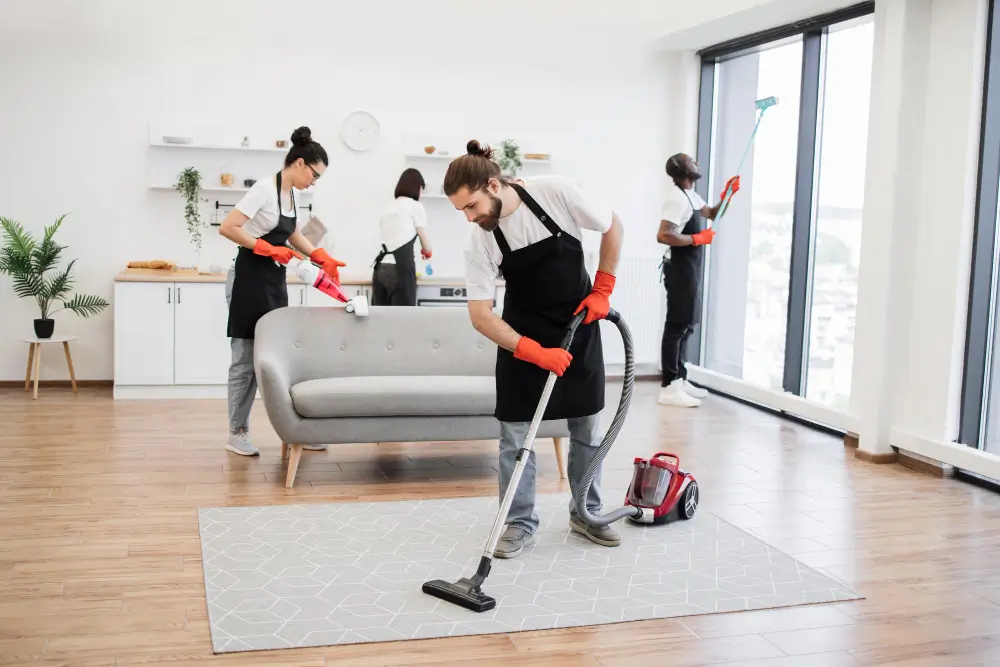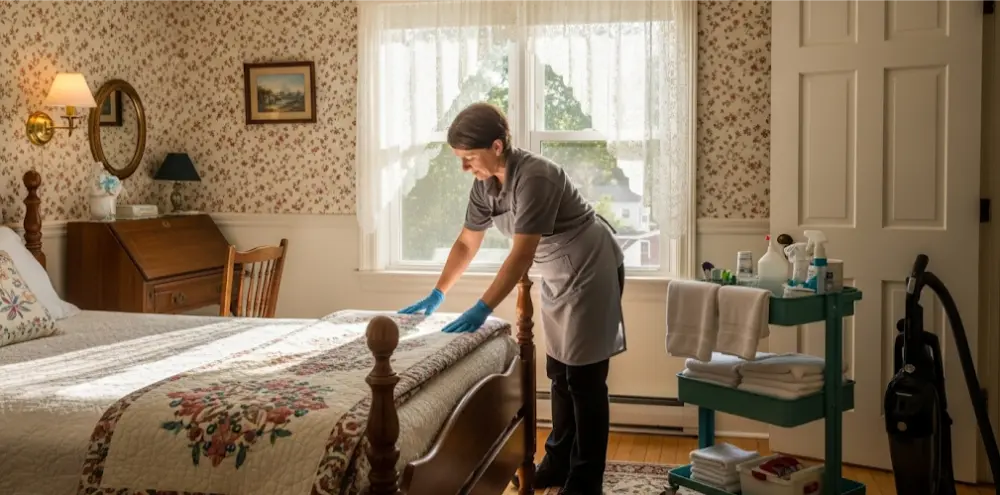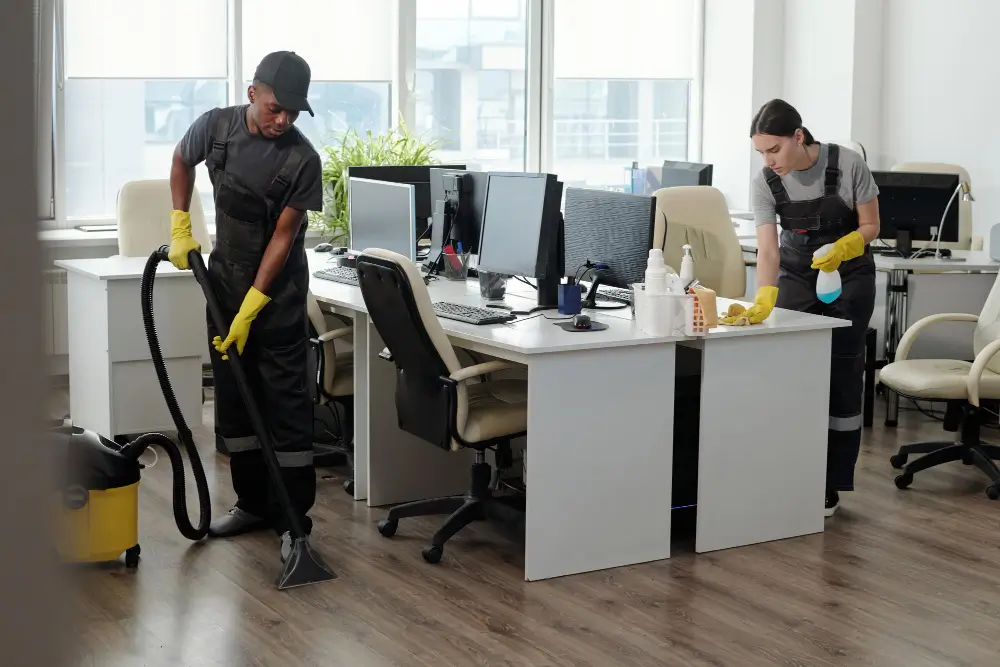
TLDR: Eco-friendly cleaning protects staff and customers, reduces environmental harm, and often saves money over time by lowering equipment damage and sickness-related absence.
Key Takeaways:
Running a restaurant today means keeping plates spinning from dawn till close, with one eye on reviews and the other on food safety. In the middle of it all sits cleaning, and a fair question keeps popping up: Is eco-friendly cleaning really worth it?
With tight margins and busy kitchens, it has to be more than a feel-good label that sounds nice on a poster. It should keep diners safe, protect your team, and hold up to the daily rush without stretching the budget. Some owners still see green cleaning as a buzzword. Yet more restaurants are finding it brings the same shine with fewer harsh odours, happier staff, and sensible long-term costs.
Traditional cleaning products can leave more than just a sparkle; they leave behind chemical residues and strong odours that affect both air quality and health. For restaurant staff and customers, that means breathing in harsh substances every day.
What’s worse, these products often wash toxic chemicals into waterways, harming the environment far beyond the kitchen sink. It’s not just about what looks clean on the surface; it’s about what lingers after the wipe-down.
For practical tips on keeping both kitchen and dining areas hygienic while improving guest confidence, see the spotless starts guide.
Eco-friendly cleaning uses non-toxic, biodegradable, and sustainable products that protect people and the planet in busy food venues. It aims to create a safer, healthier space for staff and diners while reducing the environmental footprint.
These products avoid ammonia, chlorine, and other harsh chemicals, relying on plant-based ingredients and natural enzymes to lift grease, bacteria, and stains. They are not watered-down solutions; with the right methods they can match or even outperform traditional chemical-heavy cleaners.
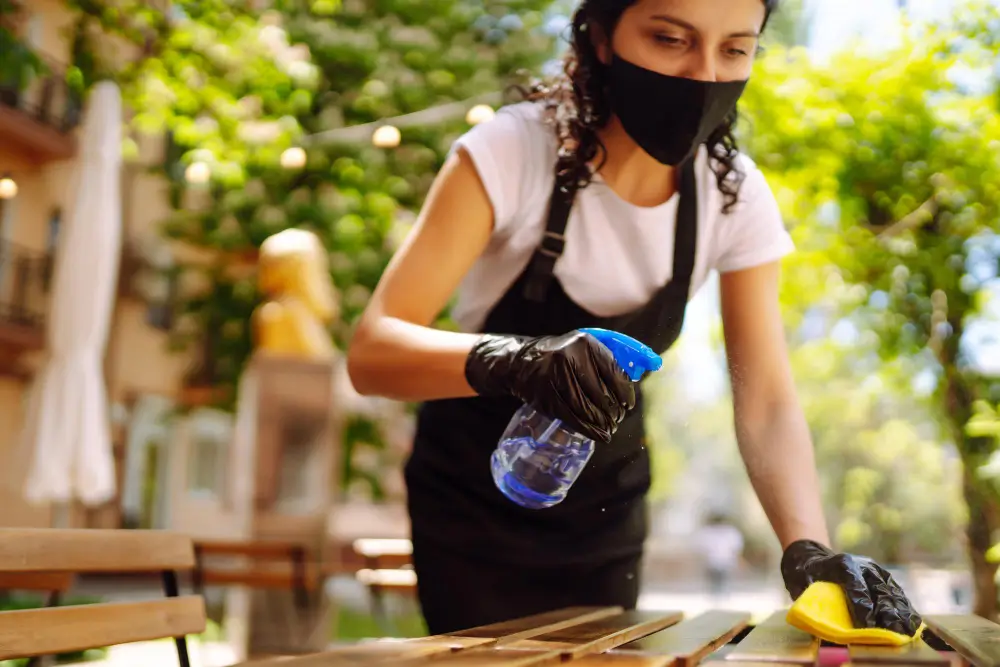
Restaurant kitchens are busy, hot, and full of constant movement. With surfaces sprayed many times a day, your team ends up breathing, touching, and absorbing whatever is in those bottles.
Switching to eco-friendly cleaners reduces everyday exposure and supports wellbeing for the whole crew. Here is what that looks like on the ground:
Consumers are paying attention to how restaurants operate behind the scenes. When customers see your brand making greener choices, it builds trust and boosts your image.
People are more likely to dine at a place that aligns with their values. Sustainable cleaning practices become part of your story, not just your operations.
Strong chemicals don’t just clean; they corrode. Eco-friendly cleaning solutions are gentler on equipment and surfaces, slowing wear and tear over time.
Here is what that means for your kit:
This adds up to fewer repairs and replacements, plus less downtime. In a high-cost industry like hospitality, that is money back in your pocket month after month.
Many assume that green cleaning compromises on hygiene, but that’s far from true. Today’s eco products meet stringent safety and sanitisation standards suitable for food preparation areas.
By combining eco-friendly products with proper cleaning protocols, restaurants can maintain top-tier cleanliness without exposing anyone to harmful residues.
Make eco cleaning practical with a simple, repeatable checklist. Use it during close or a mid-shift reset to keep standards tight.
Small, consistent steps build reliable habits. The goal is a safe, clean venue that feels fresh without the chemical hangover.
It’s a fair question, and the answer might surprise you. While some eco products have a higher upfront cost, their long-term benefits often outweigh the price tag.
Since these cleaners are concentrated and effective, you use less product per clean. Add in fewer health-related absences and less equipment damage, and the savings start to add up.
Eco cleaning also supports compliance with environmental regulations, helping you avoid potential fines or penalties for improper chemical disposal.
Transitioning to eco cleaning doesn’t have to happen overnight. A simple first step is to swap a few everyday items, such as floor cleaners and surface sprays, for verified eco-friendly alternatives and see how they perform.
Make sure your team understands the why and the how with short demos, clear labels, and quick checklists. For step-by-step kitchen cleaning routines, see this practical guide, sparkling Standards guide, which outlines safe, quick routines that work in busy kitchens.
Eco-friendly cleaning is not just a nice label; it has quietly become a practical must for restaurants that want to stay competitive, be seen as responsible, and earn customers’ trust.
It does more than protect staff health and improve air quality; it cuts absences and ongoing costs. It also boosts your brand because customers notice when a business genuinely cares for people and the planet.
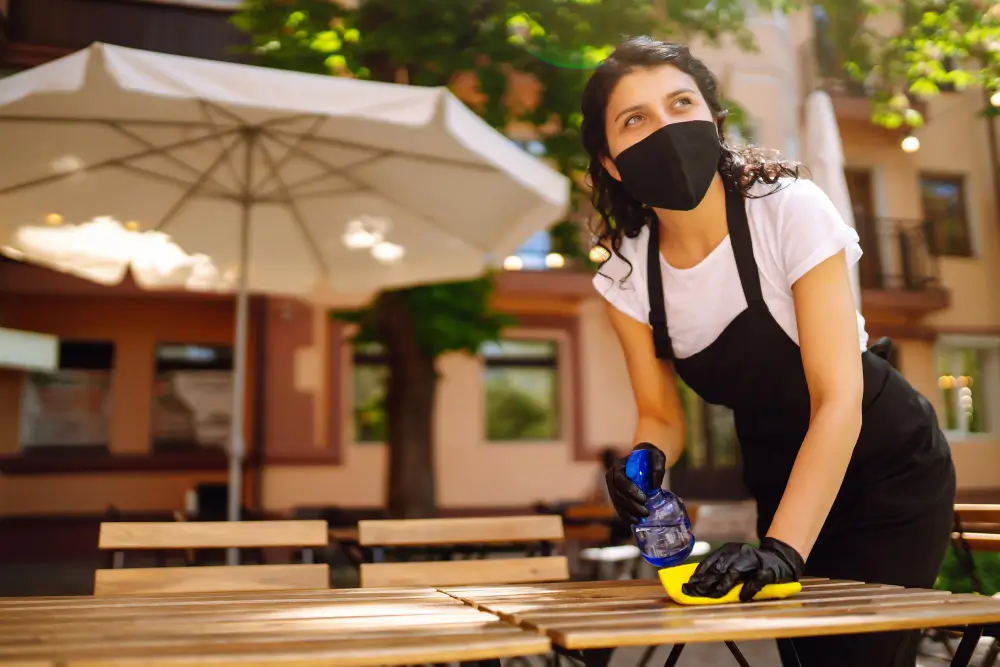
At LZH Cleaning Group, sustainability is more than a trend; it’s a commitment. We specialise in professional cleaning for restaurants, hotels, and commercial spaces across the UK, using eco-friendly solutions that protect both your people and your property.
Our team understands the demands of the hospitality industry. Whether you run a small café or a large dining venue, we tailor our cleaning services to fit your schedule and standards, without cutting corners or compromising on safety.
By choosing LZH, you’re not just keeping your restaurant spotless; you’re investing in a cleaner, greener future for your business. Find our commercial restaurant cleaning services to see how we can help.
If you’re ready to transform your restaurant’s cleaning routine into something cleaner, safer, and more sustainable, contact LZH Cleaning Group today. Let’s talk about how we can help you maintain a spotless, eco-conscious space your staff and customers will love.
Call or book online now to experience professional eco restaurant cleaning.

